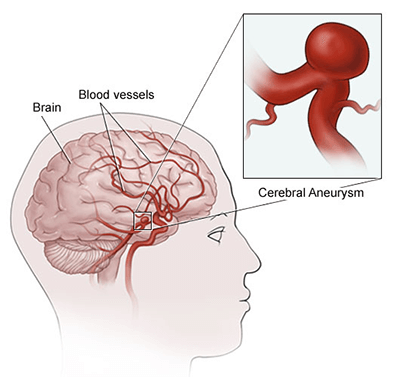

Stroke and heart attack often have silent partners working behind the scenes—high blood sugar, high cholesterol, high blood pressure, and abnormal heart rhythms. Each one alone increases risk, but together, they create a dangerous combination that can lead to serious, even fatal, cardiovascular events.
High blood sugar, often linked to diabetes, damages blood vessels over time. Elevated glucose levels cause inflammation and stiffening of arteries, making it easier for fatty deposits (plaques) to form and block blood flow. This damage weakens vessel walls and makes them prone to rupture or clot, leading to heart attack or stroke.
High cholesterol—particularly high levels of LDL ("bad" cholesterol)—feeds plaque buildup in arteries. As these plaques grow, they narrow the passageways for blood, reducing oxygen supply to the brain and heart. If a plaque ruptures, it can form a clot that completely blocks blood flow, causing a heart attack or an ischemic stroke.
High blood pressure (hypertension) is often called the "silent killer" because it quietly forces the heart and blood vessels to work harder than they should. Over time, this strain damages the artery walls, making them more vulnerable to clots, aneurysms, and rupture, key triggers for both strokes and heart attacks.
Finally, abnormal heartbeats (arrhythmias), particularly atrial fibrillation, increase the risk of stroke. In atrial fibrillation, the heart’s upper chambers quiver instead of beating effectively, allowing blood to pool and form clots. If a clot travels to the brain, it can block a blood vessel and cause a stroke.
Together, these conditions set the stage for cardiovascular disasters. Managing blood sugar, cholesterol, blood pressure, and heart rhythm isn't just about numbers—it's about protecting your brain and heart from sudden, life-altering events.